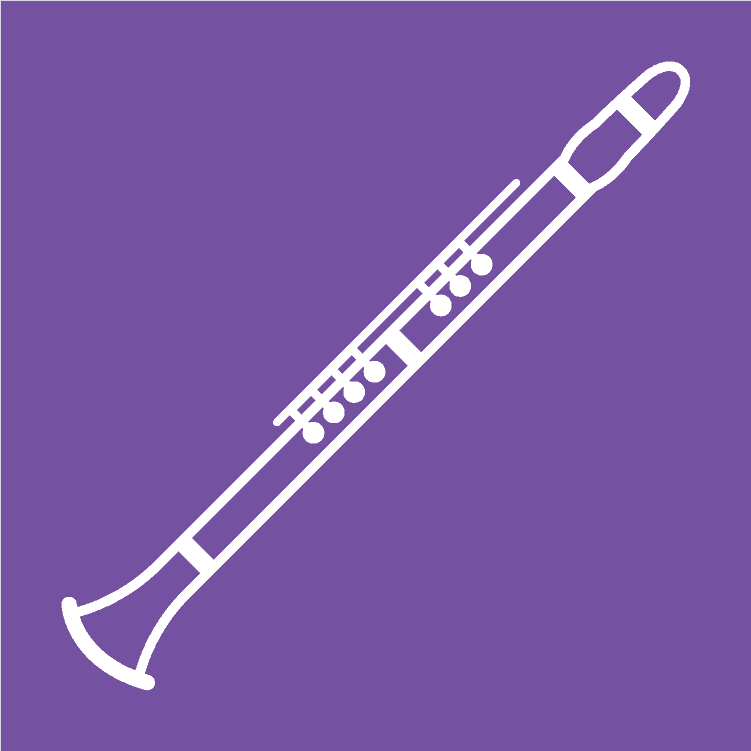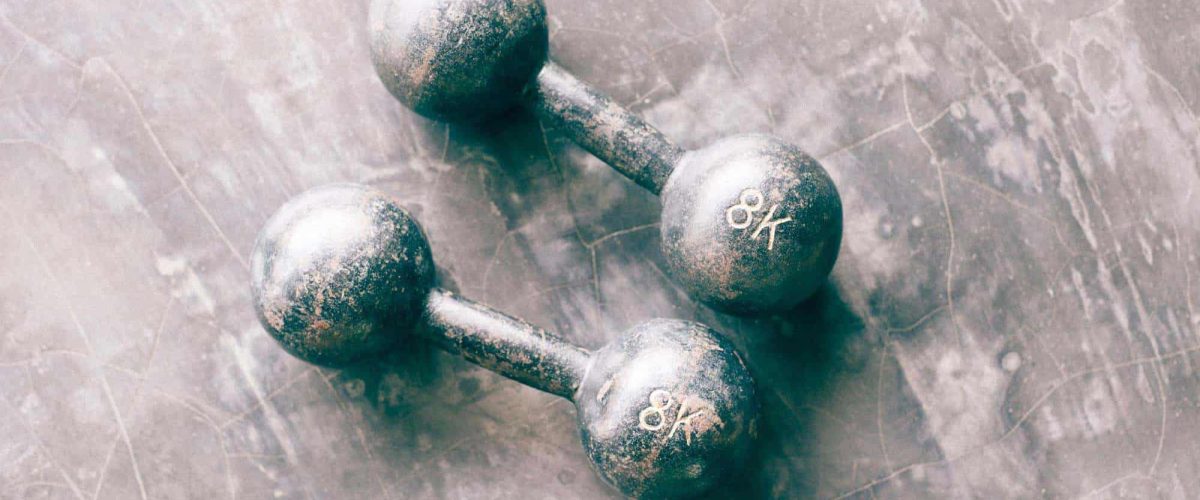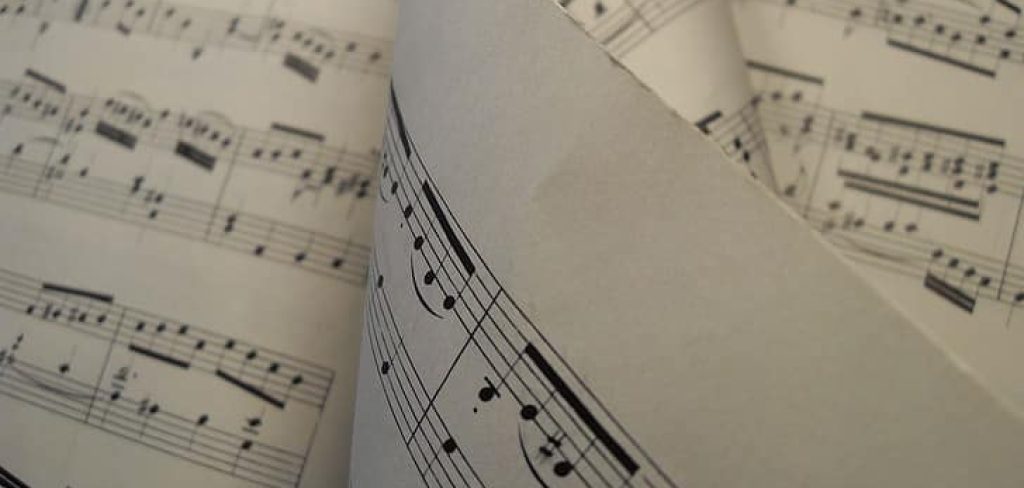Improve Your Clarinet Technique
Ways to transform your Clarinet technique
Dreaming of better clarinet skills? Dive straight into mastering technique. A rock-solid technique sets the stage for any top-notch player. Imagine a great player without solid technique? Impossible! In the chapter of our Beginner’s Guide To Learning The Clarinet, there’s hope this bit on technique leads you to improvement in no time at all! Tune in for secrets and tricks that’ll make your journey smoother.

Daily Exercises
Many exercises are essential to gain a proper technique. Once you master these exercises, you’ll be able to play almost anything. That sounds like a grand statement – but don’t underestimate the word ‘master’!
If you work enough, you’ll be able to look at a section of music and be confident enough to learn it quickly. For each exercise, there is a specific way to practice it. Your practice is only as good as your form while you practice. So be disciplined about it, as practising exercises wrong is a complete waste of time! We have three key exercise categories that will help you…

1. Scales
Scales are those things that all musicians love to hate. When I grew up, I thought the only thing that was worse than practising scales, was practising arpeggios. And the only thing worse than that, included a bee sting, a broken wrist and math homework.
So what happens when a child becomes a professional musician? Why do they suddenly forget their hatred for scales and enforce it on their students?
Possibly because scales are the one thing that can make or break you as a clarinettist. Almost every melody is made up in parts, from a scale. So you may not realise it, but listening to music means listening to many different scales. That means playing music means playing many different scales. It really is that important.
By knowing your scales well, your muscle memory will instinctively know what scale is part of what melody or harmony – and you’ll be able to play it easier and more accurately knowing this.
Every piece is set in a ‘key’. Every key has a different number of sharps or flats, and to start with it can be tricky to remember all the configurations. Scales help with this; every scale is different BECAUSE of the sharps and flats, so once you know the scales, you should know the keys. This then gives you a sixth sense where you can feel your way around the clarinet, and know which notes are likely to be right, and which are likely to be wrong.
Have you ever seen someone sightread a complicated piece and wondered ‘how did they do that?’ The answer is patterns. When reading music, we end up reading a series of patterns, not each individual note. It’s exactly the same reading this paragraph. Did you realise I swapped the G and A around in the middle of the word ‘paragraph’? Thought not!

2. Long Tones

It’s impossible to play the clarinet without using any air. Just like singers, we need to work on our breath control in order to have the flexibility and a beautiful sound. Daily practice of long tones will help you achieve both of these things.
Just like all the other exercises, you do while practising, avoid going on autopilot. Imagine the most beautiful, focused yet full sound you can think of and sing through the instrument with your air.
Practice playing long tones while doing a crescendo or decrescendo in order to increase your breath support and strengthen your stamina.
Make sure to practice long tones in all the registers of the instrument. You likely won’t have the time or attention span to play them all in one sitting, so break them up. Play a few in the low, middle, and high registers. Keep things fresh and you’ll never get bored!
3. Tonguing
Ever seen a violinist move their bow up and down on the string? By moving their bow, they can create all sorts of different effects. Well, for clarinettists the air is our bow. But how do we separate the notes, and make them shorter or longer? That is where tonguing, or articulation, comes in.
Good articulation is an essential part of clarinet playing. It’s also a skill that will improve with consistent practice.
There are all sorts of different articulations you can make on the clarinet, the most common ones being long, or legato, and short, or staccato.
Just like long tone exercises, practising tonguing with varied dynamics and in all registers of the instrument will give you total flexibility.
Practice tonguing on one note, slowly at first so you can really focus on your technique, then gradually speed up the tempo. Next, you can add rhythms, change notes, or even practice tonguing your scales. The sky’s the limit!
General Clarinet Technique

Wrong technique makes playing more challenging and tiring. Incorrect seat positioning or posture can cause pain in the shoulders, neck and back. Awkward hand positions can give you stiff fingers and limit your dexterity. A bad embouchure can affect your tone quality and articulation on the clarinet.
Fixing a bad technique can be tricky, so it’s essential to acquire good habits from the start.
Embouchure

A good embouchure, or position of the mouth around the mouthpiece, will greatly improve your technique on the clarinet. Your sound, articulation and flexibility on the instrument are all influenced by your embouchure.
Try to keep your chin flat and pointed, and avoid moving your embouchure when you are playing. It may be tricky to tell what you are doing, so practice in front of a mirror whenever possible.
Posture

You may not know this, but your entire body is involved in playing the clarinet. The way you position yourself while you play can increase your lung capacity, make finger technique easier and improve your sound.
If you choose to play sitting down, find a comfortable but upright position with your feet planted on the floor. Use a chair that’s not too soft or low to the ground – otherwise, you may be tempted to slouch back.
Relax your shoulders. Fight the urge to hunch or curve your spine. If you hold tension in your shoulders as many people do, roll them over and back a few times.
Hand Position

To imagine a good hand position for the clarinet, pretend you are picking up a cup. Your hands should be relaxed and slightly curved. Now bring your hands up to the instrument.
Your fingertips should angle slightly downward when you are holding the clarinet. When you move your fingers, try to move them from the knuckle. You can practice this away from the instrument by resting your hand on your leg and moving one finger at a time. You can even practice this while you are on the train or stuck in a boring meeting!
When you play, try to keep your fingers close to the holes even when you aren’t using them. That way your finger technique will be even, and you won’t have to work as hard to play tricky passages.
Bonus Tips...
Sight Reading

If you can, you should try and sight-read every time you practice.
When sight-reading, it’s advised that you read something just under your current playing level. This way, it’s a challenge, but not too much of a challenge…
Just don’t fall into the trap of reading something that’s too easy – your sight-reading won’t improve if everything is a walk in the park!
And I know this sounds obvious, but remember; for it to be sight-reading; it needs to be a piece of music you have never seen or practised before.
Fingering

Most people underestimate the importance of learning fingerings.
Fingerings allow you to play as fast as you need. Your brain learns through creating neurons. The more times you repeat an action – precisely the same action – the more ‘hard-wired’ that neuron becomes, and the more your body and brain can do something on ‘auto-pilot’.
The key here is PRECISELY the same. If you don’t know your fingerings, each time you come to play something, you’ll choose a random array of what finger plays what. This is not building a strong neuron – it’s building unpredictability.
Play through passages slowly and note on the sheet music the best fingering that feels comfortable. This, of course, goes back to your scales!
You’ll soon find you are naturally creating sensible fingerings, and that if you practice without leaving it to chance, you’ll be successfully flying around the clarinet in no time.
Improve Your Clarinet Technique - Summary
Most things in life work well when you take the time to plan them. Playing the clarinet, and improving your technique, is no different. Challenge yourself on a daily basis – and remember that building a strong technique is the foundation of your playing. The time taken here will make your life easier down the road…
About the Author
Sonia Sielaff
Sonia Sielaff is Eflat/Sub Principal clarinetist of the Royal Philharmonic Orchestra, a position she’s held since 2017. She’s a faculty member of the Clarinet Maestro Festival and Play With a Pro. A versatile musician, Sonia has performed with the band Heart at Royal Albert Hall, and performed for royalty at Buckingham Palace.
Originally from Minnesota, Sonia holds degrees from University of Southern California, Glenn Gould School, Michigan State University, and Lawrence University. Apart from playing clarinet, Sonia loves baking, speaking Norwegian and nature walks with her dog Sophie.
www.soniasielaff.com
Other posts by this author
Originally from Minnesota, Sonia holds degrees from University of Southern California, Glenn Gould School, Michigan State University, and Lawrence University. Apart from playing clarinet, Sonia loves baking, speaking Norwegian and nature walks with her dog Sophie.
www.soniasielaff.com
Books, Products & Gizmos
Will you be missing out? All of us get flooded with emails, although I can guarantee there is one you’ll not want to miss; our 4 Feature Friday e-mail.
Every Friday, I’ll send a brief email in order to treat you to some amazing things that I’ve recently learned.
It could literally be about anything related to music. It’ll land in the email if I imagine you’ll love it!
Having the ability to tour the earth means I’ve experienced things I’d never imagine. And that’s what I’d like to share with you. So please click below to get access right now.
Read the next post in this series:




